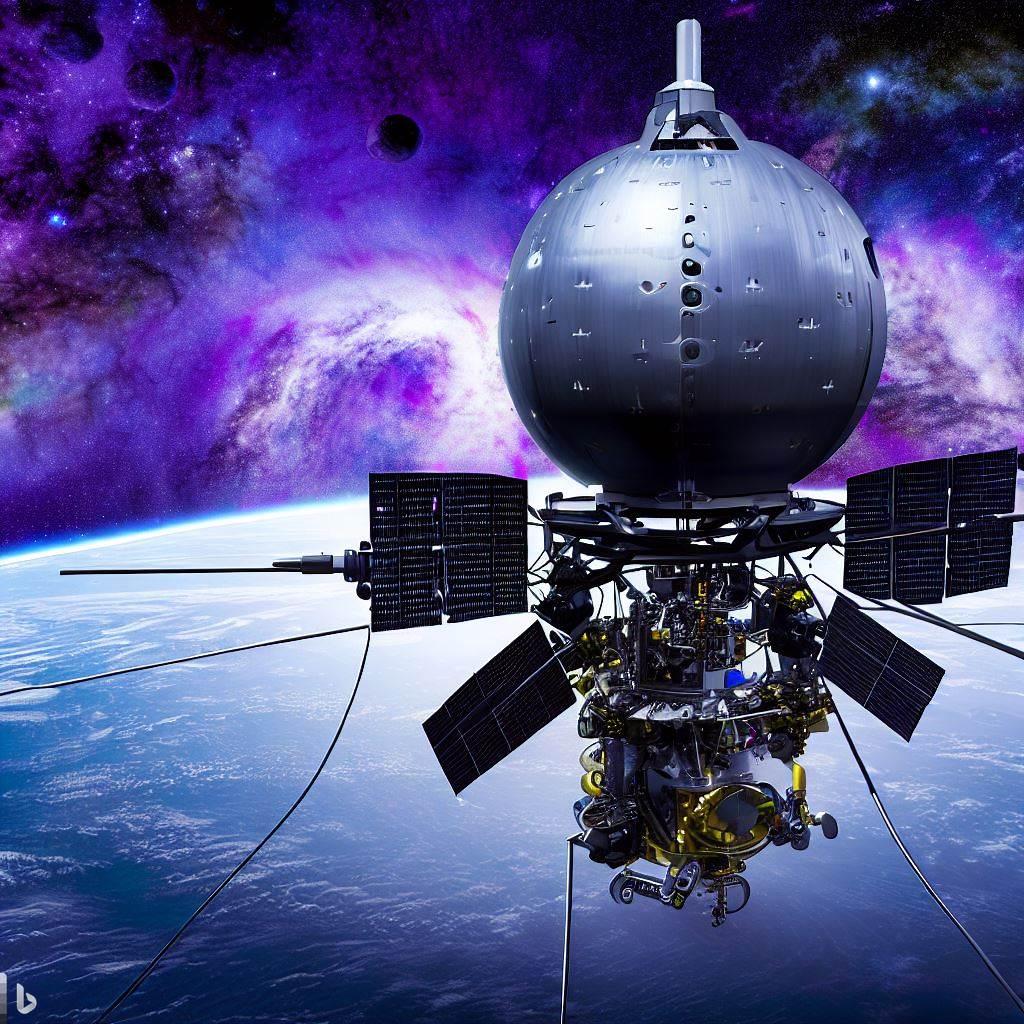The TRISHNA (Thermal Infra-Red Imaging Satellite for High-resolution Natural Resource Assessment) mission, a collaborative endeavor between the Indian Space Research Organisation (ISRO) and the French space agency CNES, is set to revolutionize the way we monitor Earth's surface temperature, emissivity, and other critical environmental variables. This advanced satellite mission is engineered to provide high spatial and temporal resolution data, which is essential for comprehensive surface energy budgeting from regional to global scales. Addressing vital water and food security challenges, TRISHNA focuses on the impacts of human-induced climate change and promotes efficient water resource management through meticulous evapotranspiration monitoring.
Primary Objectives and Capabilities
TRISHNA's primary objectives include detailed monitoring of the energy and water budgets of the continental biosphere, which is crucial for quantifying terrestrial water stress and usage. Additionally, the mission aims to observe water quality and dynamics in both coastal and inland waters with high resolution. These capabilities are essential for tackling water security issues and ensuring sustainable water management practices.
Secondary Objectives
Beyond its primary goals, TRISHNA will contribute significantly to urban planning, volcanic activity monitoring, and cryosphere research. The mission will aid in the comprehensive assessment of urban heat islands, detection of thermal anomalies related to volcanic activity and geothermal resources, and precise monitoring of snow-melt runoff and glacier dynamics. Furthermore, TRISHNA's data will provide valuable insights into aerosol optical depth, atmospheric water vapor, and cloud cover, enhancing our understanding of atmospheric processes.
Scientific and Societal Benefits
The benefits of the TRISHNA mission are extensive and far-reaching. In agricultural water management, the data products generated by TRISHNA will help assess irrigation water use, issue advisories for water savings, and enhance crop water productivity through efficient and sustainable water management practices. This will significantly contribute to better micro-watershed management. For climate monitoring, TRISHNA will track key indicators such as droughts, permafrost changes, and evapotranspiration rates, providing critical information for climate scientists and policymakers.
Urban planners will benefit from detailed urban heat island maps and heat alerts, which are essential for developing strategies to mitigate heat-related health risks. In the realm of water quality monitoring, TRISHNA will aid in detecting pollution in coastal and inland water bodies, as well as identifying sub-marine groundwater discharge at coastal fringes. The mission will also support the detection of sub-surface fires and the assessment of geothermal resources. Additionally, cryosphere monitoring will evaluate snow cover and snow-melt patterns, contributing to improved hydrological models.
Payload and Technical Specifications
The TRISHNA satellite is equipped with two primary payloads. The Thermal Infra-Red (TIR) payload, provided by CNES, features a four-channel long-wave infrared imaging sensor capable of high-resolution surface temperature and emissivity mapping. The Visible - Near Infra-Red - Short Wave Infra-Red (VNIR-SWIR) payload, developed by ISRO, includes seven spectral bands designed for detailed mapping of surface reflectance of VSWIR bands, essential for generating biophysical and radiation budget variables. The combined data from these payloads will facilitate solving the surface energy balance, leading to accurate estimates of surface heat fluxes.
Operating in a sun-synchronous orbit at an altitude of 761 km, with a local time of 12:30 PM at the equator, TRISHNA will provide a spatial resolution of 57 meters for land and coastal areas and 1 km for oceanic and polar regions. The mission is designed for a 5-year operational life, ensuring long-term data collection and analysis.
Global Contributions and Initiatives
TRISHNA’s data will support several global initiatives, including GEOGLAM for agricultural monitoring, the UN's Sustainable Development Goals and targets, and the Global Water Watch. Some of the mission’s outputs will serve as Essential Agricultural Variables (EAVs) and Essential Climate Variables (ECVs) for the global community, reinforcing the mission's significance in addressing global environmental challenges.
Conclusion
The TRISHNA mission represents a substantial advancement in remote sensing technology, addressing critical water and food security issues and providing essential data for sustainable resource management. By enhancing our understanding of Earth's natural processes, TRISHNA supports global efforts in climate change mitigation through optimized resource management. Its high-resolution and high-repeat imaging capabilities will provide invaluable insights for policymakers, watershed managers, agro-industries, and the farming community, fostering sustainable solutions for a better future.









Add a Comment: